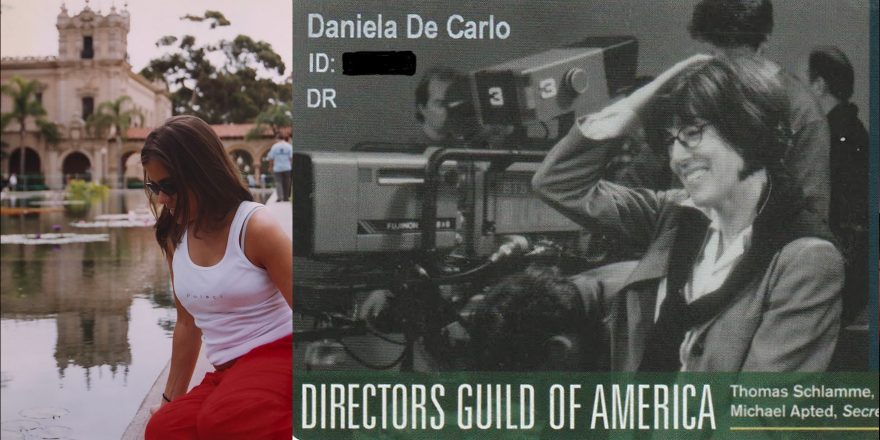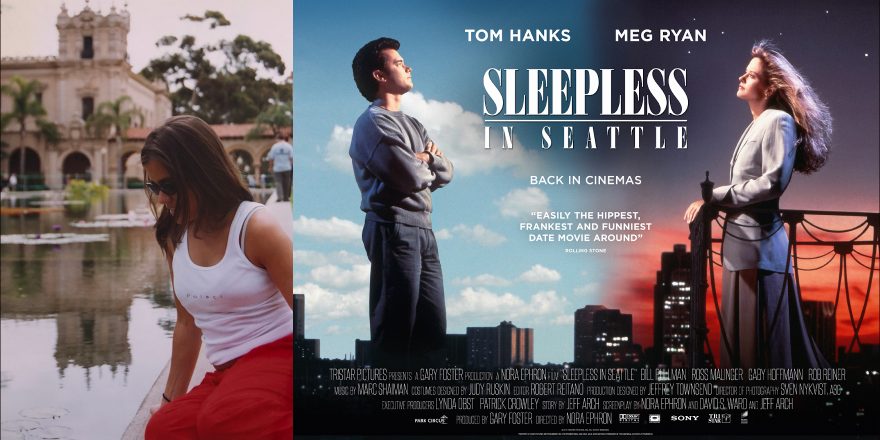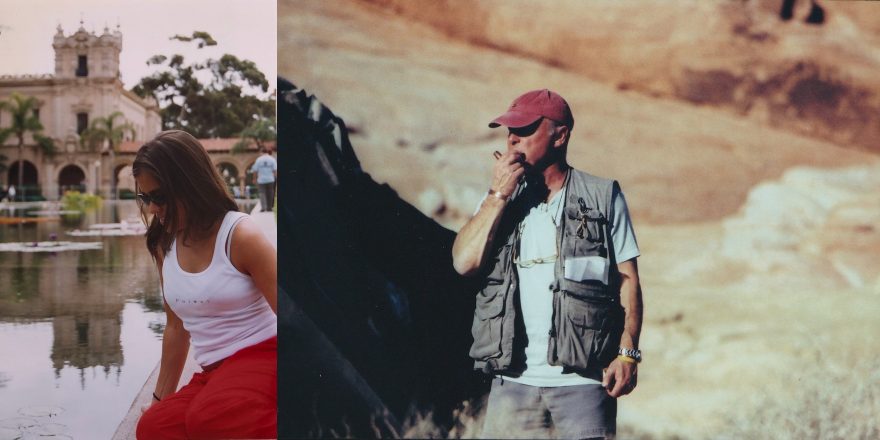Near the end of 2002, I was invited to producer Larry Mark’s annual holiday office party. Over cocktails at his beautiful Mulholland Drive home, his assistant – who knew all about my fandom for Nora Ephron and that her connection with Larry was precisely the reason why I had sought out my internship with his company in the first place – told me Nora was going to be doing previews for her new play, Imaginary Friends, at the Old Globe theater in San Diego that coming fall.
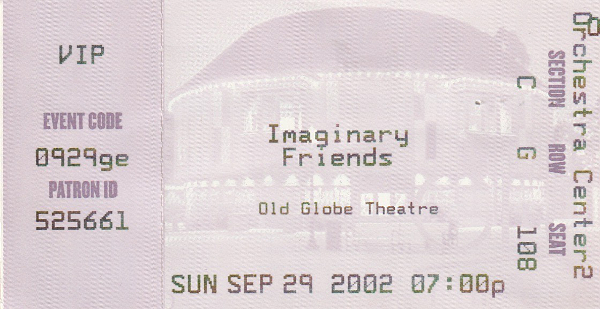
By March, I had already befriended a theater employee over the phone who was kind enough to hand Nora a dozen or so faxes from me. On the opening weekend, a few months later, I drove to San Diego for the day and waited by the stage door. I first spotted Tom Hanks and Rita Wilson … and then … there she was: Nora Ephron in the flesh. I was ecstatic. She called me by my name and thanked me for the many faxes. She signed my copy of the When Harry Met Sally screenplay and quickly went inside, flanked by her husband, Nicholas Pileggi, and the rest of her entourage. In awe, I saw her walk away and right there, surrounded by the ancient trees of Balboa Park, I imagined Nora and I becoming the best of friends for the rest of our days… And, in a magical way, we kinda did.
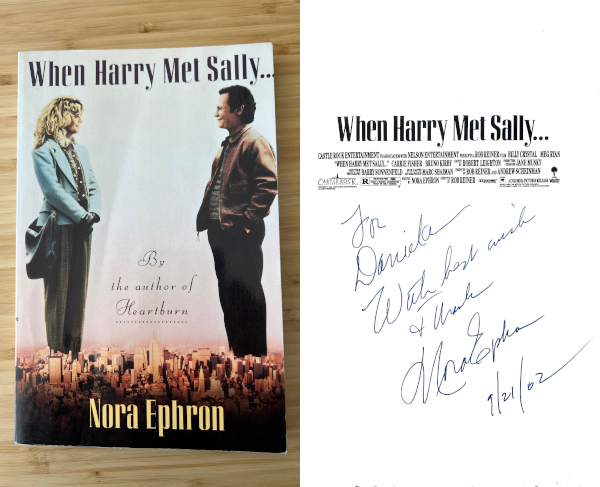
On the morning of June 26, 2012, I cut 16 inches of hair, put it in an envelope and mailed it to an organization called Locks of Love, which makes wigs for cancer patients. Later that day, the news broke that Nora Ephron had passed away after battling leukemia, which she had managed to keep private so she could keep working till the end. I was stunned by the synchronicity: I had cut my hair for cancer patients in the morning to find out of my idol’s passing from cancer in the evening. The next day, I flew out to Spain to direct Blue Lips, my second feature, and strangely, the minute the plane took off, it occurred to me that I was part of Nora Ephron’s legacy. She would always be a part of me and my journey. We were entangled and connected by an invisible force as strong, powerful and magical as Rapunzel’s hair.
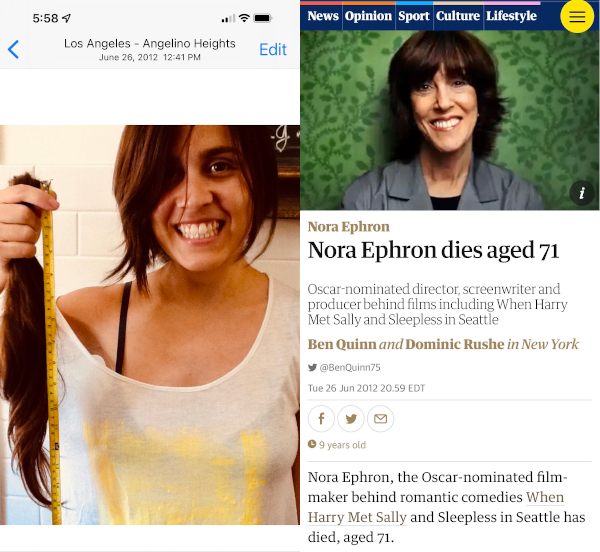
I confirmed this, time and again, as years went by and different and meaningful events in my professional life took place.
Around Memorial Day of 2013, I landed in New York City for an exciting adventure. I had been selected to participate in the NBC Emerging Directors Program, and assigned to observe as a guest director on the show Royal Pains for a few weeks. When I entered the tastefully furnished Midtown apartment they had rented out for me, I went straight to the bed. As I laid my head on the pillow and looked out the window, I gasped at the sight. The Empire State Building in all its magnificence was right there to greet me. The irony was not lost on me: Almost a year after Nora Ephron’s passing, I was landing in her beloved hometown for my first truly exciting professional experience as an up-and-coming-director, and of all the iconic landmarks in Manhattan, the Empire State Building, a major character in the movie Sleepless in Seattle, was the one perfectly framed by my window. The movie that had planted the seed for my becoming a director, a landmark in my own life, was now coming back to me, re-signified on so many levels. Teary-eyed as I took it all in, the words simply came out: “It’s a sign!” And it wasn’t the last one.
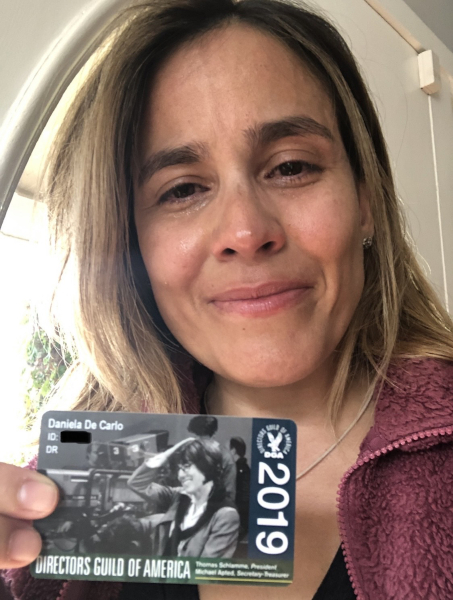
In early 2019, I joined the Directors Guild of America after directing my first episode of television. Joining the DGA was a big deal for me. It was a validation of 20 years of devotion to becoming a working Hollywood director. I had landed. I finally belonged to “the club.” When I received the welcome package in the mail, I anxiously opened the envelope. Among other things, my brand-new membership card was in it, and when I saw it, I just couldn’t believe it. A beautiful black-and-white picture of a young, vibrant Nora Ephron directing covered the whole thing. I can’t quite explain it, but I felt as though she was hugging me by the finish line, as I cried in astonishment and joy. I had made it, and she was right there with me to celebrate my victory. Our victory. And there was nothing imaginary about any of it.


